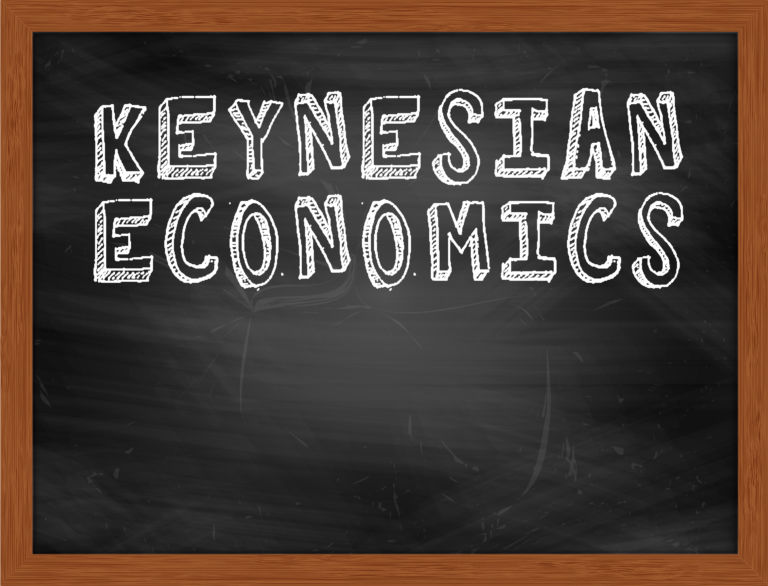“Trickle-down economics” is used frequently by critics of supply-side economic policies. But JLF’s Roy Cordato points out that, contrary to conventional wisdom, it is those who believe money should flow from government who are the true believers in trickle-down theory. He explains at mises.org:
In fact, it is nearly a perfect description of the brand of economics that guides the thinking of most of those commentators who use the term to deride supply side economics — that is Keynesianism. Keynesian economics, or the economics derived from the writings of early 20th century economist John Maynard Keynes, is in fact, a trickledown theory of how to stimulate economic growth. It should be noted that Keynesian economics was explicitly adopted by President Obama when he proposed and implemented his failed 2009 economic stimulus plan.
According to Keynesian thinking, in order to have a strong economy, what economists call “aggregate demand” cannot be allowed to fall too low. Aggregate demand is the total amount of spending in the economy. Saving is considered to be counterproductive in this model. It is, in fact, referred to as a “leakage” from aggregate demand and is to be discouraged. Because of this it is the government’s job to keep aggregate demand “strong” when policymakers deem it to be insufficient.
This is where Keynesian policy turns to a theory of trickledown economics. In order to stimulate aggregate demand, Keynesians argue that the government should barrow money from the private sector, increasing budget deficits and public debt, and then spend it, through government programs that are meant to increase aggregate demand. This money, after being sucked out of the private sector through increased government borrowing, will trickle back down into the economy vis-à-vis new government spending.
Be sure to read Roy Cordato’s entire piece on the real trickle-down economics.


